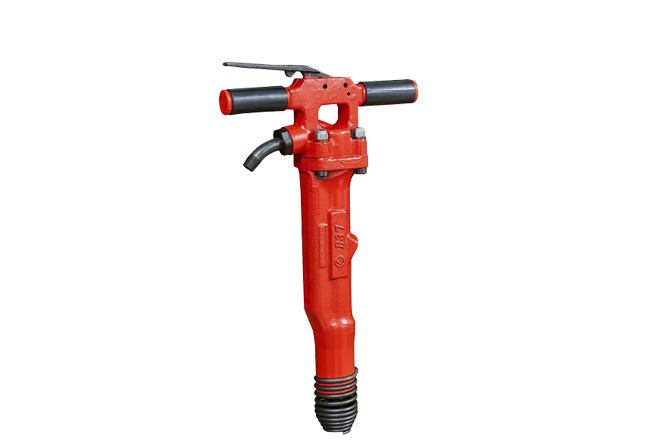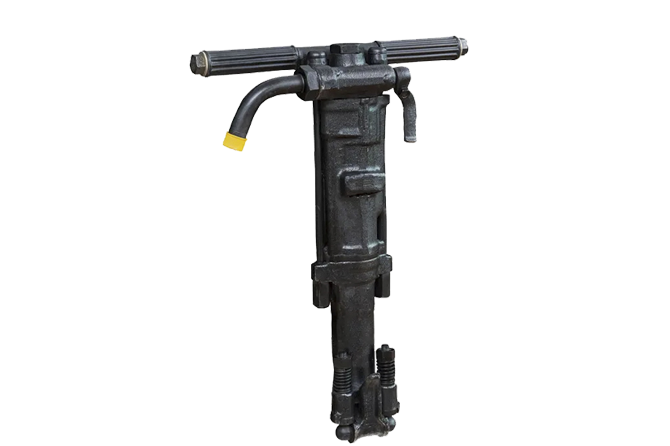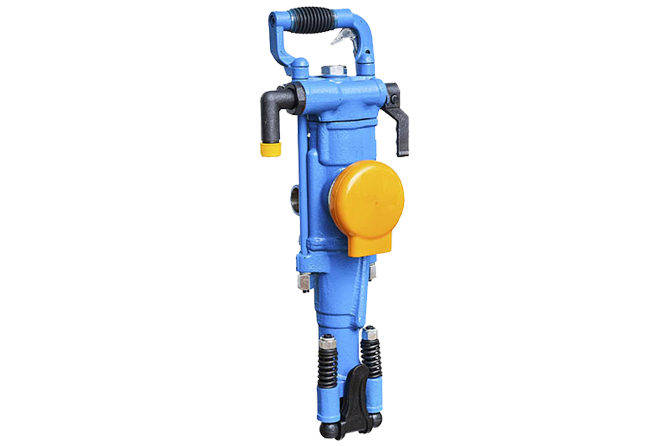Without the vibrating metallic rod commonly referred to as a jack hammer handle, operating a jack hammer machine would be next-to-impossible. This elongated tool is an indisputable must-have for anyone involved in construction work. In other words, its significance is immense and cannot be understated.
Crafted from durable materials such as aluminum or steel, the handle of the jack hammer is designed to bear the brunt of hammering operations while remaining light and maneuverable. Affixed to the main body of the jack hammer via bracket, its handle grip provides a snug fit for optimal user comfort.
With a snug fit and sure grip, the ergonomic design of the jack hammer handle is engineered to precisely direct the power of the hammer while offering a comfortable grip to the user, thus reducing tedious fatigue from extended periods of use.
The construction of a jack hammer handle is twofold; it consists of a sturdy portion made of metals like steel or aluminum, constructed to be both lightweight and strong enough to withstand vigorous hammering, and a handle grip composed of a rubber or plastic material molded to comfortably maintain the user’s grip. The handle grip provides a secure hold and prevents slipping during use.
A secure installation of the handle into its appropriate bracket is key for the safe operation of a jack hammer. The handle must be fitted tightly and remain in a stationary position, without showing signs of looseness or instability.
The position of the handle when using a jack hammer is a critical consideration. It should be in alignment with the direction of the jack hammer’s exertion while being perfectly perpendicular to the plane being chiseled. Proper placement of the handle is necessary to guarantee that the user can leverage the tool completely and direct the force as desired.
Maintenance of a jack hammer is critical, and not just to the handle. The handle should be carefully examined often for any kind of wear or damage. It is also advisable to keep the handle clean at all times, clearing away dirt and other debris.
To guarantee an easy motion for the jack hammer handle, lubrication needs to be done on a frequent basis. Especially in cooler climates, the handle may become less flexible when temperatures drop, so giving it some oil can avoid any potential complications.
To make sure the jack hammer handle is in optimal condition, it is advisable to adhere to any instructions given by the manufacturer. Following these guidelines will help the handle stay strong and reliable in the face of heavy hammering, while also offering a stable grasp for the user.
The jack hammer handle is a key instrument in any construction project, offering a safe and sturdy hold for its user, as well as ensuring force is correctly utilized. To keep the handle in good condition, it is important to ensure it is routinely checked for wear and tear and that manufacturer guidelines are adhered to, to guarantee it can handle the force of hammering.
The Jack Hammer Handle stands as necessary in order to safely operate any jack hammer tool. It provides a comfortable grip for the user, enabling precision and stability while in motion. As such, the handle plays a critical role in the overall design; with it, the user is able to expertly wield the tool and benefit from a satisfactory level of performance. Without a secure handle, using the device would become unwieldy and extremely difficult.
When picking a handle for a jack hammer, certain crucial components should be examined. To begin with, the handle’s size is an essential factor to take into consideration. How long it is directly affects both the user’s control and handling of the instrument. Generally, extended handles are most suitable for jobs with bigger scale and deliver better leverage and steadiness; meanwhile, compact ones are more expedient for smaller assignments and offer more accurate maneuverability.
Maneuverability and durability are two essential factors to weigh when selecting a jack hammer handle. Steel is typically the sturdier option and can bear a greater load, but it may prove challenging to wield due to its weight. For those seeking a lighter handle with less capacity, aluminum provides a lighter point of leverage and is easier to use; however, it is less durable than steel.
When selecting a jack hammer, one must take into account the shape of its handle. Generally, these handles come in two main varieties: straight or curved. The advantage of straight handles is their convenience and ease of use, while curved variations have the capacity to offer greater control and leverage—ultimately, it comes down to the nature of the task at hand.
Ultimately, the feel of the handle must be taken into account. Ergonomics is a deduction of the manner by which people relate to various gadgets and tools. When handling a jackhammer, this concept becomes particularly crucial. It is therefore essential that the handle be constructed in such a way that it fits cozily in the operator’s hands and is easy to grip. This will help lessen strain and guarantee that the person at the helm can remain firm and decorous with their instrument.
When seeking to add stability and control to the job task at hand, the jack hammer handle is the key to achieving success. Consequently, it is important to select the right handle for the task. To do so, you must consider details such as handle length, material, and grip design. Additionally, ergonomics are a central feature that should not be overlooked as they will ultimately determine how comfortable and secure you feel whilst using the tool. Thoughtful consideration of these features is the best way to ensure you pick out a handle that meets all your needs.
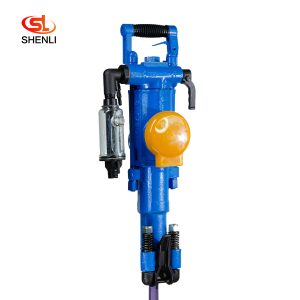
Short Description: YT29A air-legged rock drills are heavy-duty push-leg (air-legged) rock drills with low energy consumption, which are more suitable for drilling horizontal or inc […]
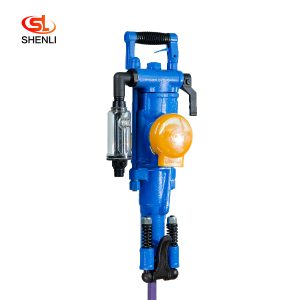
Short Description: The YT28 air-leg rock drill is a kind of high-efficiency, energy-saving and environmentally friendly rock drilling equipment. Compared with similar pneumatic pro […]
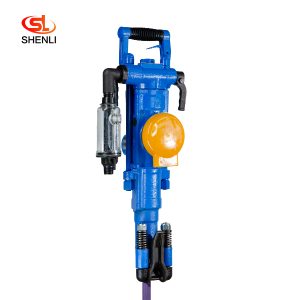
Short Description: The YT27 air-legged rock drill is a highly efficient lightweight rock drill suitable for downward or inclined drilling in medium-hard or hard (f=8 – 18) ro […]
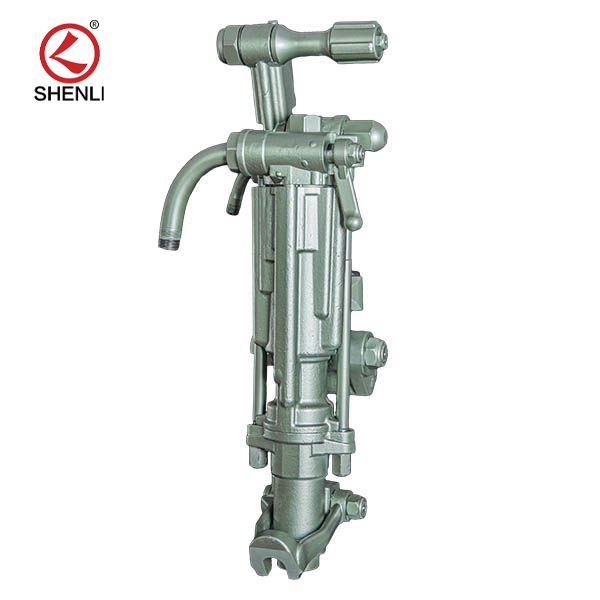
Product description: (S250 jackleg Drill) has been the preferred choice of miners who demand high performance, superior control and lasting reliability. the S250 jackleg allows ope […]
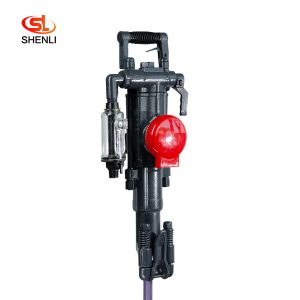
Scope of application: Model S82 air-legged rock drills are heavy-duty air-legged rock drills with high efficiency and low consumption, which are especially suitable for use in the […]
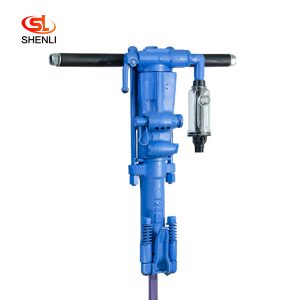
Product introduction Y26 hand-held rock drill is mainly used for drilling shell holes and secondary blasting in mines, railroads, water conservancy, and rock works, which can dry a […]
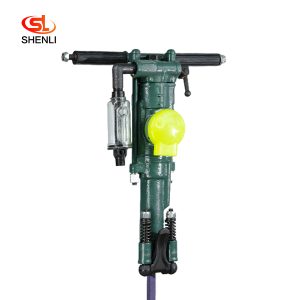
Product description: Y24 hand-held rock drill is a variant of YT24 air-leg rock drill in our factory. It has the advanced level in China and was rated as the high quality product i […]
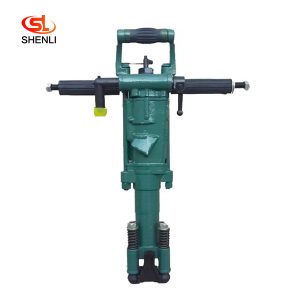
Product description: Y20LY hand-held pneumatic leg dual drill is a kind of light rock machinery, which can be used in secondary blasting in mines and quarries as well as in stone w […]
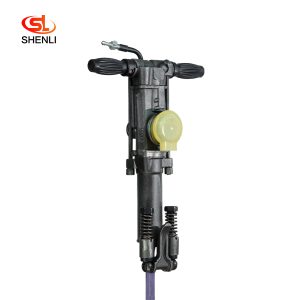
Product Description: Y18 hand – held and air – leg drill is suitable for drilling and blasting holes on soft, medium and hard rocks and W-1.5/4, W-1.8/5, W-2/5 and othe […]

